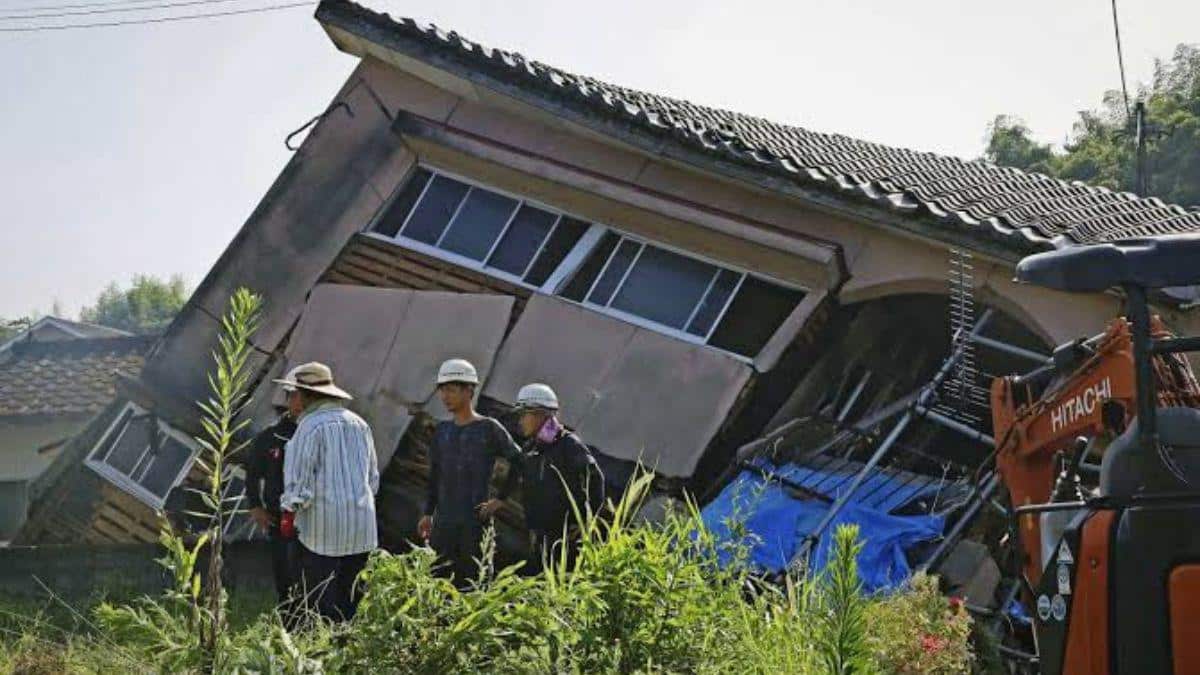 Image Credits: NBC News
Image Credits: NBC News
The Japan Meteorological Agency (JMA) has issued its inaugural special advisory concerning the Nankai Trough, highlighting an elevated risk of a massive earthquake in the region. This advisory follows recent seismic activity and underscores the potential for catastrophic consequences, including tsunamis reaching heights exceeding 30 meters along the Pacific coastline near the epicenter.
The Nankai Trough, a significant underwater trench stretching approximately 700 kilometers from Suruga Bay in Shizuoka Prefecture to the Hyuganada Sea in Miyazaki Prefecture, is a known seismic hotspot due to the subduction of the Philippine Sea Plate beneath a landward plate. This subduction process, occurring at a rate of 3 to 5 centimeters annually, results in the accumulation of tectonic strain, which typically releases in massive earthquakes roughly every 100 to 150 years.
Current projections by the government’s Headquarters for Earthquake Research Promotion estimate a 70% to 80% likelihood of a magnitude 8 to 9 earthquake in the Nankai Trough within the next three decades. Such an event could cause profound damage, with potential fatalities estimated at 231,000 and economic losses reaching ¥207.8 trillion. A worst-case scenario could see tsunamis hitting Shizuoka Prefecture within two minutes, Wakayama Prefecture in three minutes, and Kochi Prefecture in as little as five minutes following the earthquake.
In response, the government has designated 707 municipalities across 29 prefectures, including Tokyo, as priority areas for disaster prevention. These regions are expected to experience severe shaking or tsunamis exceeding 3 meters. The advisory, initially introduced in May 2019, reflects a shift in strategy from focusing solely on Tokai earthquakes to a broader approach due to the unpredictable nature of seismic events, such as the Great East Japan Earthquake.
Historical patterns show that major earthquakes in the Nankai Trough have often been followed by subsequent seismic activity. For instance, the 1854 Ansei Nankai earthquake followed the Ansei Tokai earthquake by 32 hours, and the Showa Nankai earthquake occurred two years after the Showa Tonankai earthquake. The JMA’s special advisory system, designed to prompt early preparedness and evacuation, is now activated following a significant quake like the recent magnitude 7.1 event in the Hyuganada Sea, which triggered a “Megathrust Earthquake Attention.”
Residents are advised to prepare for a possible major quake over the next week, with heightened readiness for immediate evacuation in the event of tsunami threats. Professor Nobuo Fukuwa of Nagoya University emphasizes the importance of using the advisory to discuss and solidify earthquake preparedness plans with family members, despite the low probability of an earthquake occurring immediately following a prior significant tremor.
